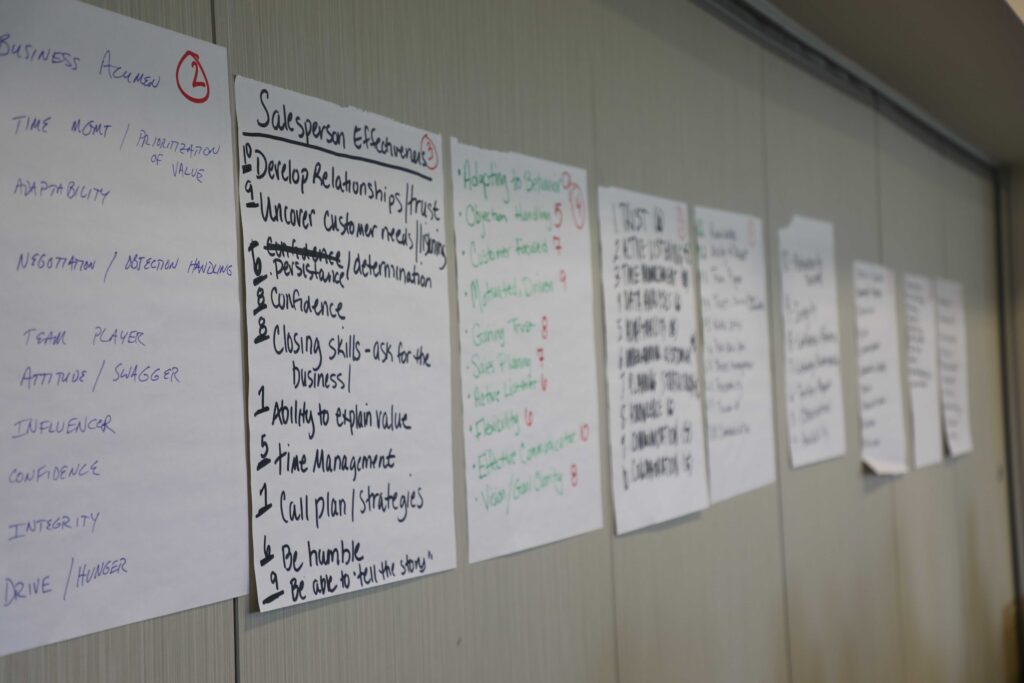
Dr. Allan Gray, Executive Director and Professor, Purdue University Center for Food and Agricultural Business
Creating Great Choices: A Leader’s Guide to Integrative Thinking by Jennifer Riel and Roger L. Martin, Harvard Business Review Press
Strategy is about making choices, often while facing a great deal of uncertainty. As decision makers, we tend to limit our choices when facing uncertainty as fear of the unknown can be paralyzing. However, limiting choices also limits chances of being successful. When teaching decision making, I try to help industry professionals realize that the best alternative they can identify is one that they have identified. Can you see the juxtaposition of our desire to limit our choices under uncertainty, but at the same time, realizing we have to think of good solutions, which often requires identifying more instead of less?
In this book, the authors leverage the idea of integrative thinking (first introduced by Roger Martin) and illustrate how we often make decisions using our own mental models that, while useful, are also “sticky” and singular in focus. This leads to either a lack of identified choices or choices that lack contrast (meaning they aren’t really choices, rather variations on the same theme). The idea of integrative thinking is to create a better process for decision making.
The authors identify three key elements missing from most decision processes:
- Metacognition – A better understanding of our own mental models and their limitations.
- Empathy – A better understanding of others’ thinking that helps us see gaps in our thinking and creates opportunities for collaboration.
- Creativity – An ability to create new and better answers rather than simply choosing between existing options.
Riel and Martin include four steps for bringing the three key elements into our decision processes:
- Articulate opposing models – Identify the central issue and two opposite choices for solving the problem.
- Examine each model – Define the points of tension, assumptions and cause-and-effect forces for the opposing models.
- Explore possibilities – Brainstorm ways you might integrate the models.
- Assess prototypes – Test and refine your possibilities to discover the best option.
The authors provide many examples of these ideas in practice and provide templates to help implement the ideas in our own situations. This approach helps us look at concepts that seem logical but are often hard to implement and apply them in practical way. I enjoyed this book because the authors recognize the psychological traps decision makers often fall into and specifically address cognitive and confirmation biases we all struggle with, particularly when facing a great deal of uncertainty. Helping us open our minds and find broader possibilities for solving our strategic issues seems appropriate for the uncertainties we face in today’s world.



